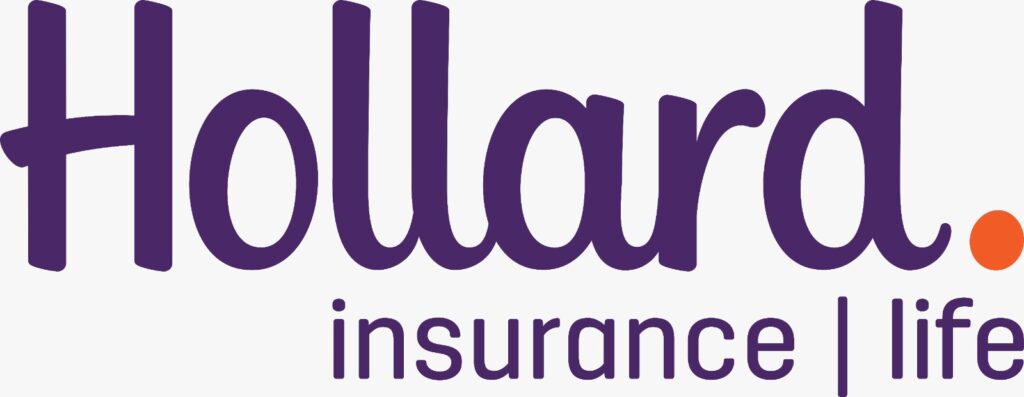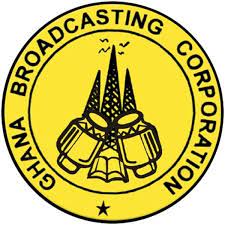
The Black Star Marathon is committed to getting you ready by race day with various training programs specially designed for marathon runners of various levels of experience and abilities. We offer suggested marathon training plans for beginners, intermediate runners, and elite/advanced runners.
These programs are based on the proven Arthur Lydiard endurance running training system. Also, these programs are built on the concept of periodization, which breaks down the entire plan into specific periods, with each period having a specific objective.
Periodization Principle
Periodization in marathon training is all about strategically planning your training throughout your training cycle to reach peak performance on race day. It’s like a roadmap that ensures that you build a strong foundation, develop specific skills, and arrive at the starting line, ready to crush your goals on race day.
By following a periodization plan, you’ll benefit from several advantages:
- Progressive Overload: Gradually increasing training stress in each phase forces your body to adapt and become stronger.
- Specificity: Later phases incorporate workouts that mimic the demands of the marathon, preparing your body for race day.
- Reduced Injury Risk: Periodization allows for recovery periods, minimizing the risk of overuse injuries.
- Peak Performance: The taper phase ensures you’re well-rested and ready to perform at your best on race day.
The main phases of our training programs are:
- PHASE ONE – Marathon Conditioning and Aerobic Base Phase: – 4 Weeks (April)
- PHASE TWO – Hill work and Leg Speed Training Phase: – 4 Weeks (May)
- Phase THREE – Anaerobic Capacity Development Phase: – 4 Weeks (June)
- Phase FOUR – Sharpening and Time Trials Phase: – 2 weeks (early July)
- Phase FIVE – Tapering & Resting Phase: – 2 weeks (10 days) (end-July)
- Race Day
- Post-Race Recovery: Excellence and Form Management / Maintenance (August)

Phase One – Marathon Conditioning and Aerobic Base Phase
This four-week period is the most important phase of the program since it is the foundation of your preparation. Success in every long-distance running event must involve the development of a strong aerobic capacity. This aerobic capacity phase determines the success of your entire training program. This marathon conditioning period comprises several long runs per week. These runs are designed to be steady efforts, conversationally paced. You should be able to comfortably hold a conversation with a running partner throughout your entire run.
Don’t worry about hitting a specific pace. Focus on Aerobic Development (gradually building your stamina to get more comfortable with longer runs). We will also increase distances gradually. There are also recovery runs, designed to allow your body to rebuild, recover, and prevent injuries. Note that there is no speedwork since this phase of the program focuses on building endurance, not speed. The focus here is on building mileage; get those miles into your legs to get you to the finish line.
Phase Two: Hill Work/Leg Speed Development
This four-week hill-training program is designed to propel you forward in the second phase of your marathon preparation. By incorporating hill repeats, bounding uphill, and fast strides on flat ground, you’ll develop the power, flexibility, and efficient running form that will make you a stronger, faster, and more efficient runner on race day.
Phase Three: Anaerobic Capacity Development Phase
While a marathon is an endurance run fueled by the aerobic system (using oxygen for energy production), there are moments throughout the race that tap into your anaerobic capacity. Anaerobic capacity (AC) refers to the maximum amount of energy your body can produce without relying on oxygen. It’s crucial for short bursts of high-intensity exercise where oxygen intake isn’t sufficient to meet your energy demands. Anaerobic capacity building plays a surprisingly important role, even though marathons are primarily aerobic events.
Phase Four: Sharpening

Sharpening allows you to test for your strengths and weaknesses as you prepare for your goal race. Done over two weeks, this phase involves three key workouts. The first is the long run, done at a relaxed pace. The second is an anaerobic training session done at a greater intensity and lower volume, such as five laps of a 400-meter track (about seven to eight minutes of running) alternating 50 meters of sprinting and 50 meters of easy, but strong, running. The third consistent workout is a weekly time trial at or below the distance for which you are training.
Phase Five: Tapering and Rest
The Finish Line is in Sight! By now, the hey is all in the barn. It is now time for you to optimize your performance for race day. You’ve dedicated months of consistent training to prepare for your marathon. Now, as race day approaches, it’s time to freshen up and strategically taper your training by reducing the volume of your workouts, to ensure that you recover optimally for the race. Lydiard’s “freshening up” concept emphasizes reducing your training volume in the final weeks before a marathon. This allows your body to recover, rebuild its energy reserves, and peak at the right time for optimal performance on race day.
Post-Race Recovery
Many runners neglect post-marathon recovery, focusing solely on the race itself. After the race, you must focus on resting, recovering, and ensuring that you are ready to race again. Your actions immediately after crossing the finish line, and in the hours and days that follow, significantly impact your recovery speed. Just like your pre-race plan, a well-organized post-marathon strategy can minimize future injuries and ensure a faster, more comfortable recovery.
Post-Marathon Recovery involves:
- Three Days of Rest: Allow your body to fully recover with zero running for the first three days.
- Gradual Return: After the initial rest, slowly reintroduce running, increasing distance each day.
- Celebration Run: Cap off the week with a celebratory run with fellow runners who might also be in their recovery phase.
- Progressive Training: The following four weeks involve gradually increasing running distances, leading to a 5K or half-marathon race.
There are different periodization models, but they all share the core principle of strategically manipulating training variables like volume, intensity, and rest to achieve peak performance at a specific time.























